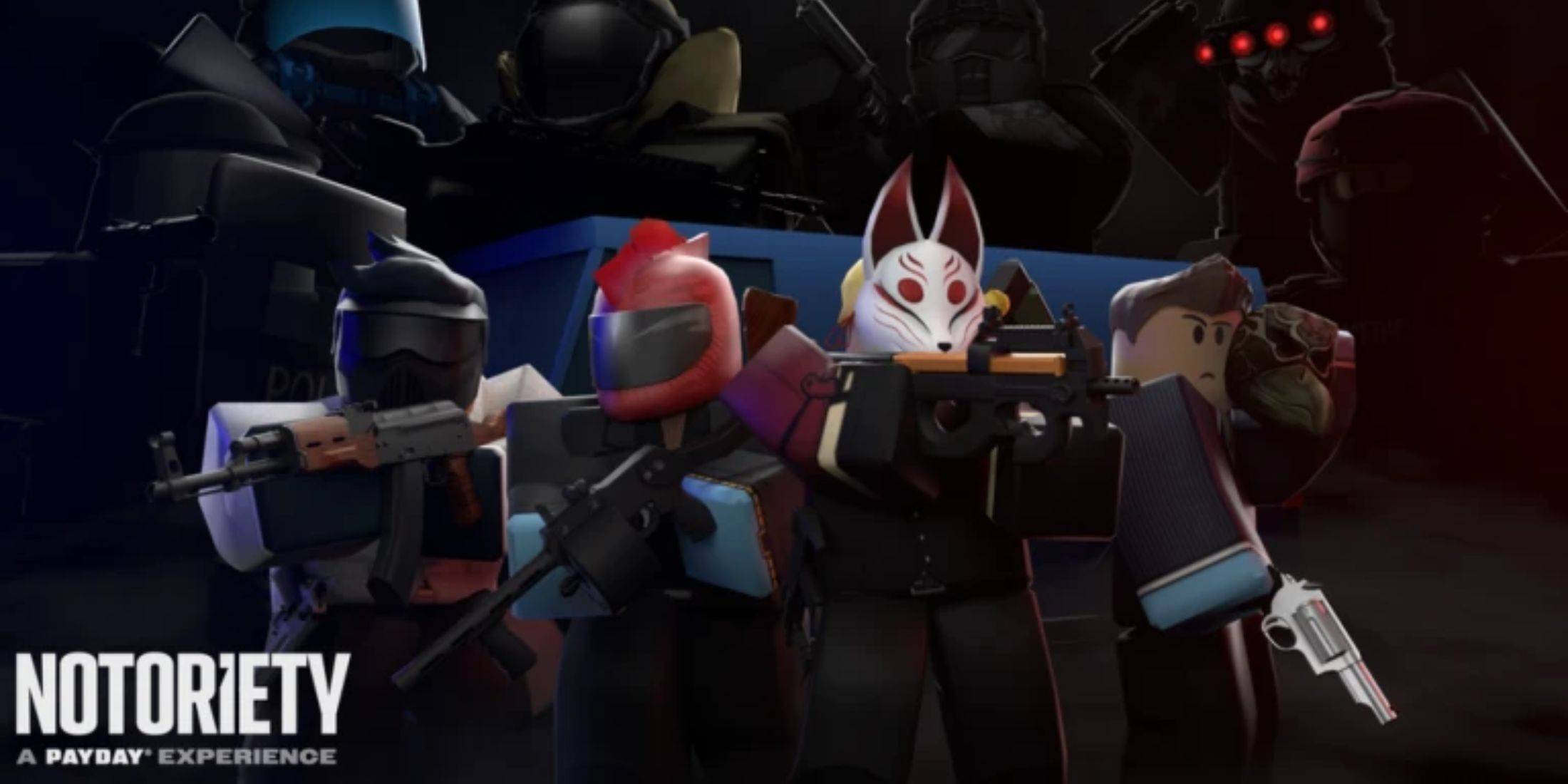\"Angry Kirby\" Explained by Former Nintendo Employees
Exploring the Evolution of Kirby's Western Image: From "Angry Kirby" to Global Consistency
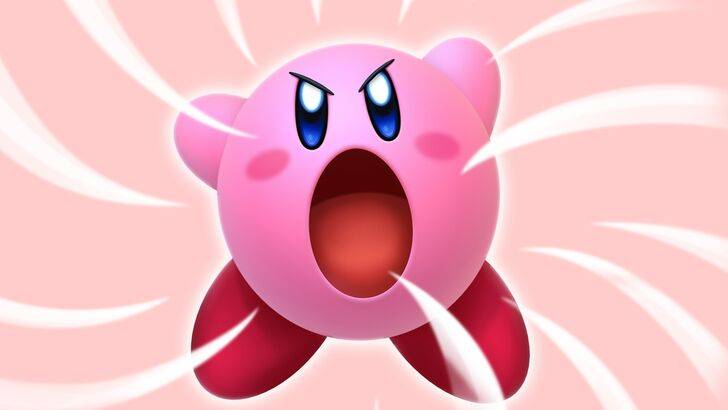
This article delves into the fascinating story behind Kirby's differing appearances in the US versus Japan, as revealed by former Nintendo employees. We'll examine Nintendo's localization strategies and their impact on the marketing of this iconic pink puffball.
The "Angry Kirby" Phenomenon: A Western Marketing Strategy
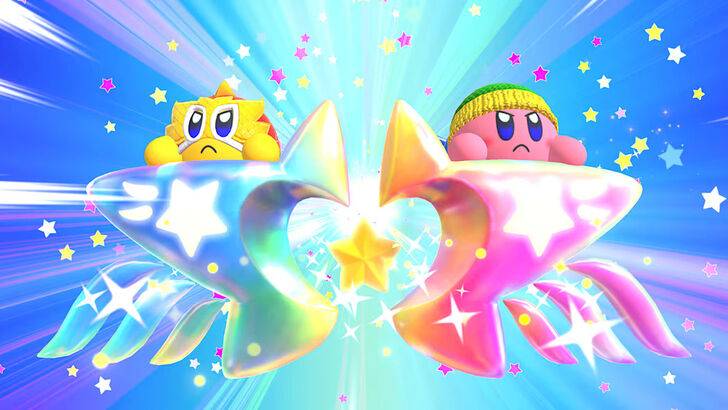
Kirby's portrayal in Western markets often featured a more determined, even "angry," expression on game covers and promotional materials. Leslie Swan, former Nintendo Localization Director, clarified that this wasn't about portraying anger, but rather projecting a sense of strength to better resonate with a Western audience, particularly tween and teen boys. This contrasts with the Japanese market, where Kirby's inherent cuteness is a major draw, as noted by Shinya Kumazaki, director of Kirby: Triple Deluxe. He highlighted that while a "tough" Kirby appeals to the US market, the core cuteness remains the most effective marketing tool in Japan.
Marketing Kirby as "Super Tuff Pink Puff": Beyond Cuteness
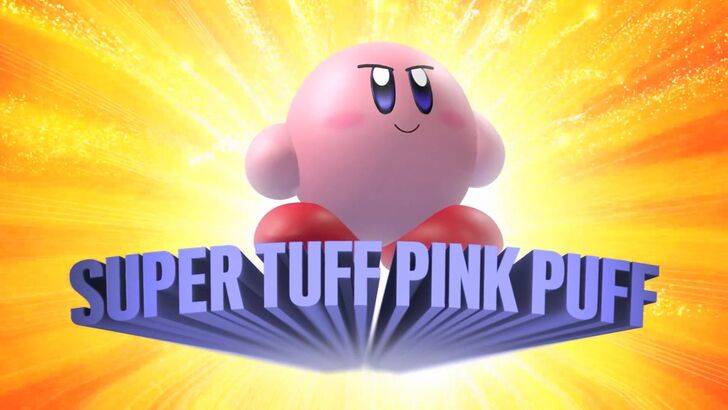
Krysta Yang, a former Nintendo of America Public Relations Manager, shed light on Nintendo's efforts to shed its "kiddie" image in the early years. The "Super Tuff Pink Puff" tagline for Kirby Super Star Ultra exemplifies this shift. The focus shifted to highlighting the combat aspects of Kirby games, aiming to attract a broader audience beyond young children. While recent marketing efforts have aimed to present a more well-rounded Kirby, the perception of Kirby as primarily "cute" persists.
Localization Choices: From Monochrome to Mean Mugshots
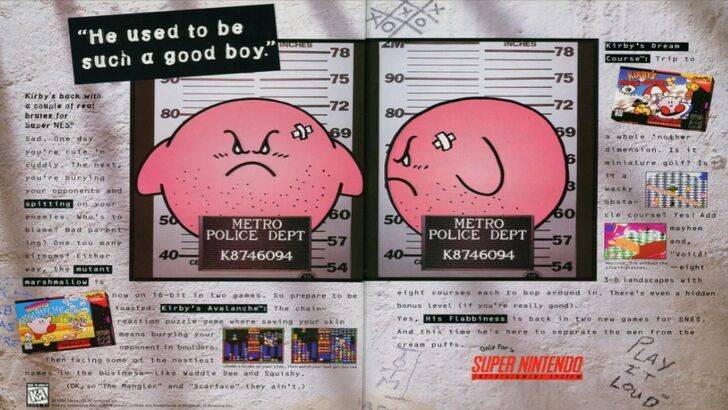
The differences in localization extend beyond facial expressions. The original Game Boy release of Kirby's Dreamland showcased a ghostly-white Kirby due to the console's monochrome display, a stark contrast to his pink Japanese counterpart. This, along with the infamous 1995 "Play It Loud" mugshot ad, highlights the early attempts to market Kirby differently in the West. Games like Kirby: Nightmare in Dream Land, Kirby Air Ride, and Kirby: Squeak Squad further emphasized this "tougher" Kirby through sharper features and intense expressions.
A Shift Towards Global Consistency
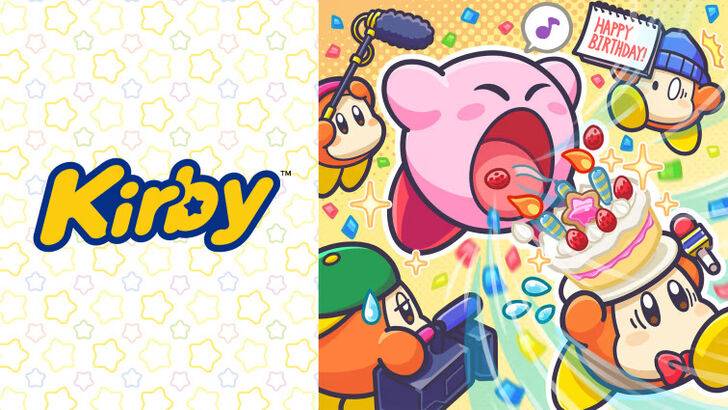
Both Swan and Yang concur that Nintendo has adopted a more global approach in recent years. Closer collaboration between Nintendo of America and its Japanese counterpart has resulted in more consistent marketing and localization strategies. This shift aims to minimize regional variations and avoid past marketing mishaps. While this ensures brand consistency, Yang acknowledges a potential downside: a homogenization that could lead to "bland, safe marketing." The current trend reflects the broader globalization of the gaming industry and the increasing familiarity of Western audiences with Japanese culture.
-
A former PlayStation narrative director is urging the creators of the Until Dawn movie to properly credit the game's original writers in the film's credits.As reported by Eurogamer, Kim MacAskill has launched a petition "calling upon Sony, a leader iAuthor : George Dec 15,2025
-
Death Stranding 2: On the Beach director Hideo Kojima allegedly revamped significant portions of the game midway through development after playtesters responded "too positively," stating he actively avoids creating "mainstream" content.The insight coAuthor : Emery Dec 14,2025
-
 Let's do it! Gal-chan ~Fix your money and grades with sex~Download
Let's do it! Gal-chan ~Fix your money and grades with sex~Download -
 Soul Quest: Epic War RPGDownload
Soul Quest: Epic War RPGDownload -
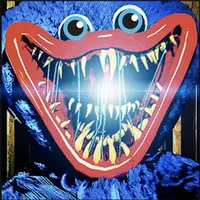 |Poppy Playtime| Walkthrough|Download
|Poppy Playtime| Walkthrough|Download -
 Casus Kim - Who's spy?Download
Casus Kim - Who's spy?Download -
 Poker Boss: Texas Holdem OfflineDownload
Poker Boss: Texas Holdem OfflineDownload -
 Pokdeng OnlineDownload
Pokdeng OnlineDownload -
 Escape Giant ObbyDownload
Escape Giant ObbyDownload -
 Motocross Dirt Bike Racing 3DDownload
Motocross Dirt Bike Racing 3DDownload -
 Drum Studio: Bateria VirtualDownload
Drum Studio: Bateria VirtualDownload -
 Number Boom - Island KingDownload
Number Boom - Island KingDownload
- Black Ops 6 Zombies: How To Configure The Summoning Circle Rings on Citadelle Des Morts
- Harvest Moon: Lost Valley DLC and Preorder Details Revealed
- Roblox: Latest DOORS Codes Released!
- Silent Hill 2 Remake Coming to Xbox and Switch in 2025
- Roblox: Blox Fruits Codes (January 2025)
- Roblox: Freeze for UGC Codes (January 2025)

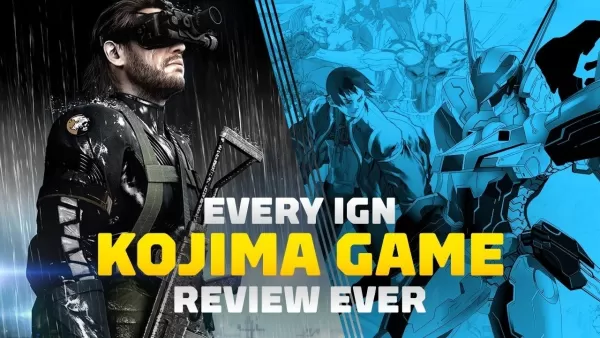
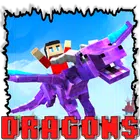
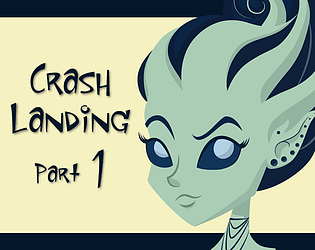



![Taffy Tales [v1.07.3a]](https://imgs.ehr99.com/uploads/32/1719554710667e529623764.jpg)




